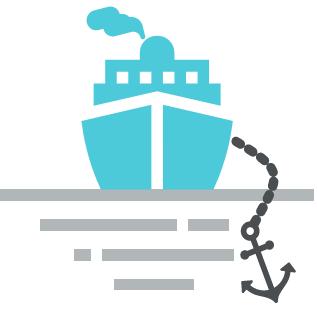USS Gerald R. Ford Implements Oura Ring for Crew Health Tracking
The crew of the advanced aircraft carrier USS Gerald R. Ford is set to test a cutting-edge personnel-monitoring device. During their upcoming deployment, crew members will wear an Oura Ring, a small titanium ring equipped with sensors that track heart rate, body temperature, blood oxygen levels, and acceleration. This data will help assess sleep quality and fatigue, which are key focuses of a new Navy study.
Fatigue has been a recurring issue in maritime accident reports, with the US Navy’s two largest losses in the past decade linked to insufficient sleep. On June 17, 2017, the destroyer USS Fitzgerald collided with the container ship ACX Crystal, resulting in a significant hole in Fitzgerald’s hull and the deaths of seven sailors. The survivors managed to save the ship through heroic damage control efforts. Just over two months later, the destroyer USS John S. McCain collided with the tanker Alnic MC near Singapore, leading to the deaths of 10 sailors.

Source: USN
Investigations revealed that the crews of both McCain and Fitzgerald had inadequate rest. The after-action report indicated that watch officers on Fitzgerald had “little to no sleep” prior to the incident due to events in port. Records from McCain showed that the 14 crew members on the bridge during the collision averaged less than 5 hours of sleep in the previous 24 hours, with one individual having no sleep at all.
Eight years later, Navy researchers continue to develop better tools to combat fatigue. The health data study aboard USS Gerald R. Ford aims to gather more information on how long deployments impact the crew, according to researchers.
Operational security influenced the Navy’s choice of hardware and software. Following the 2018 Strava incident, where a fitness app revealed the GPS locations of military personnel, the Navy opted for a more discreet product. The Oura Ring does not emit a long-distance RF signature, as noted by researchers.
The primary goal is to enable crew members to monitor their own readiness while providing commanding officers with detailed data on how fatigue affects their subordinates. Dr. Rachel Markwald from the Naval Health Research Center stated:
“We’re helping leadership on these ships understand how the mission is impacting the sleep and recovery of their sailors, especially during deployments that involve a lot of stress.”
Crew members who participate in the study will be allowed to keep their Oura Ring if they wear it for more than three-quarters of the deployment.

